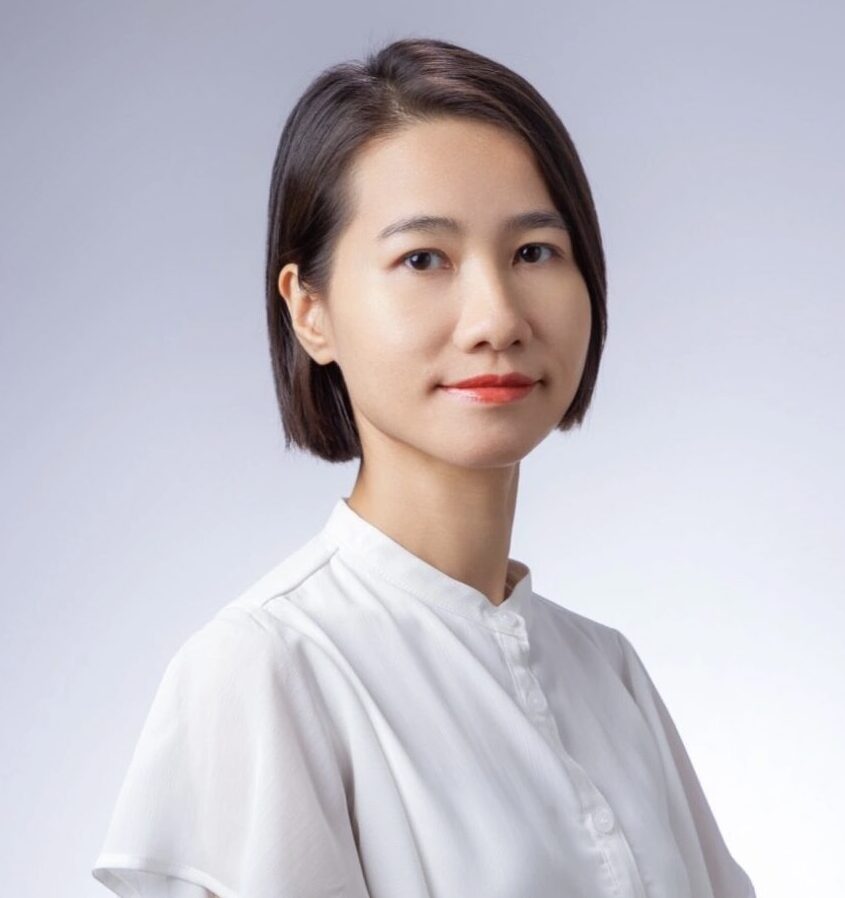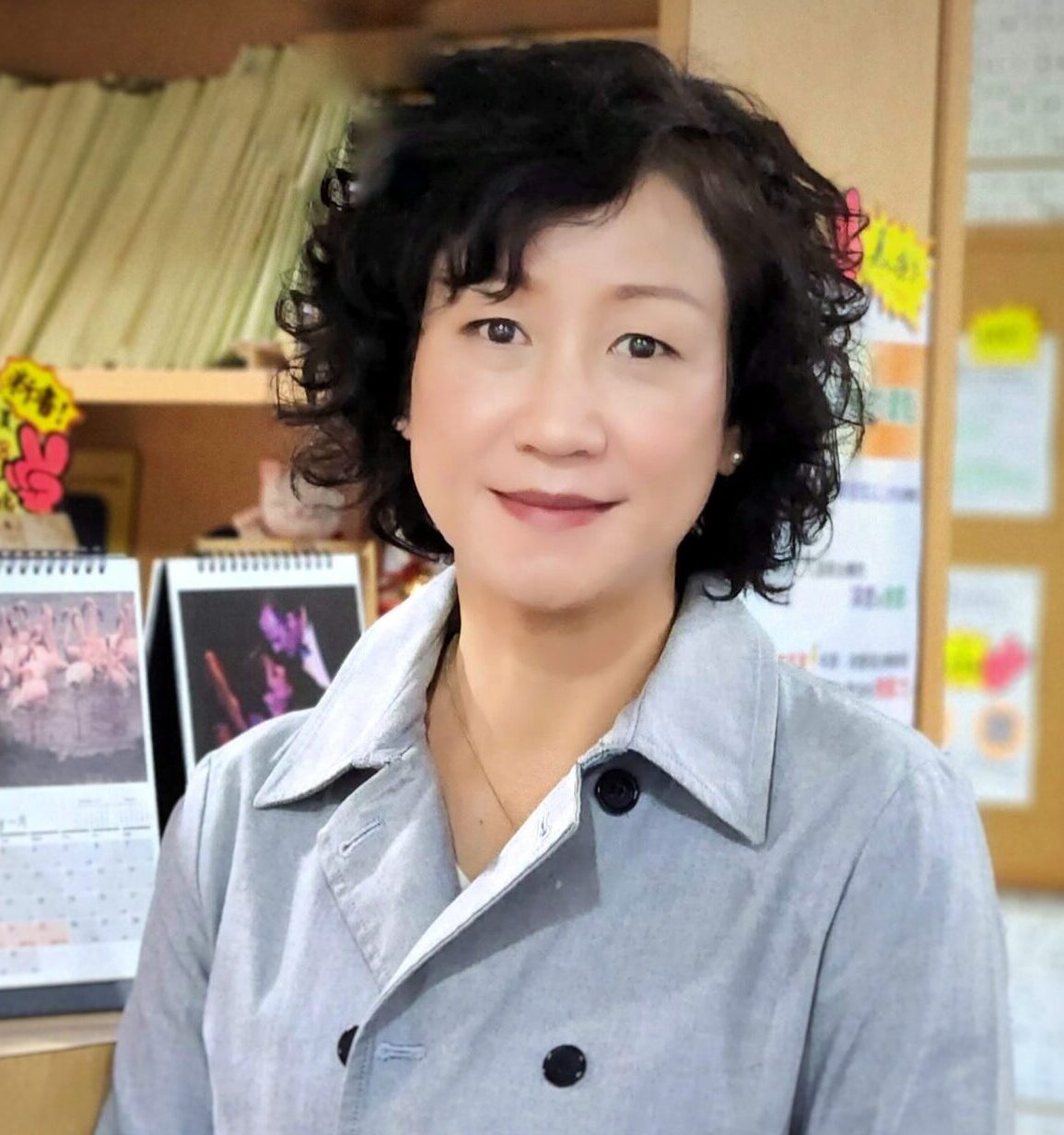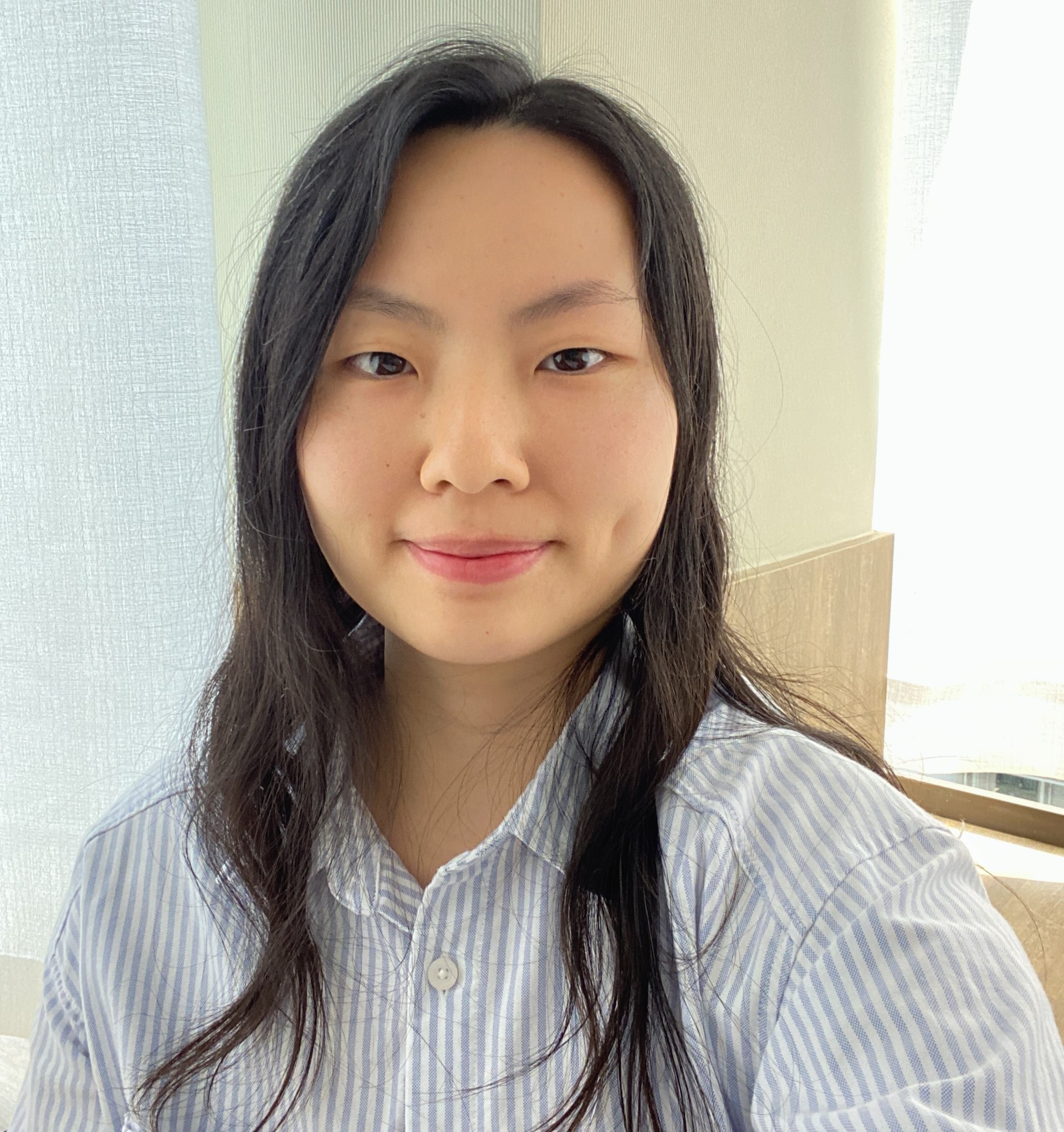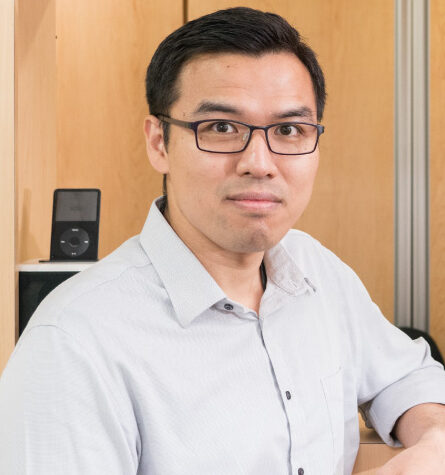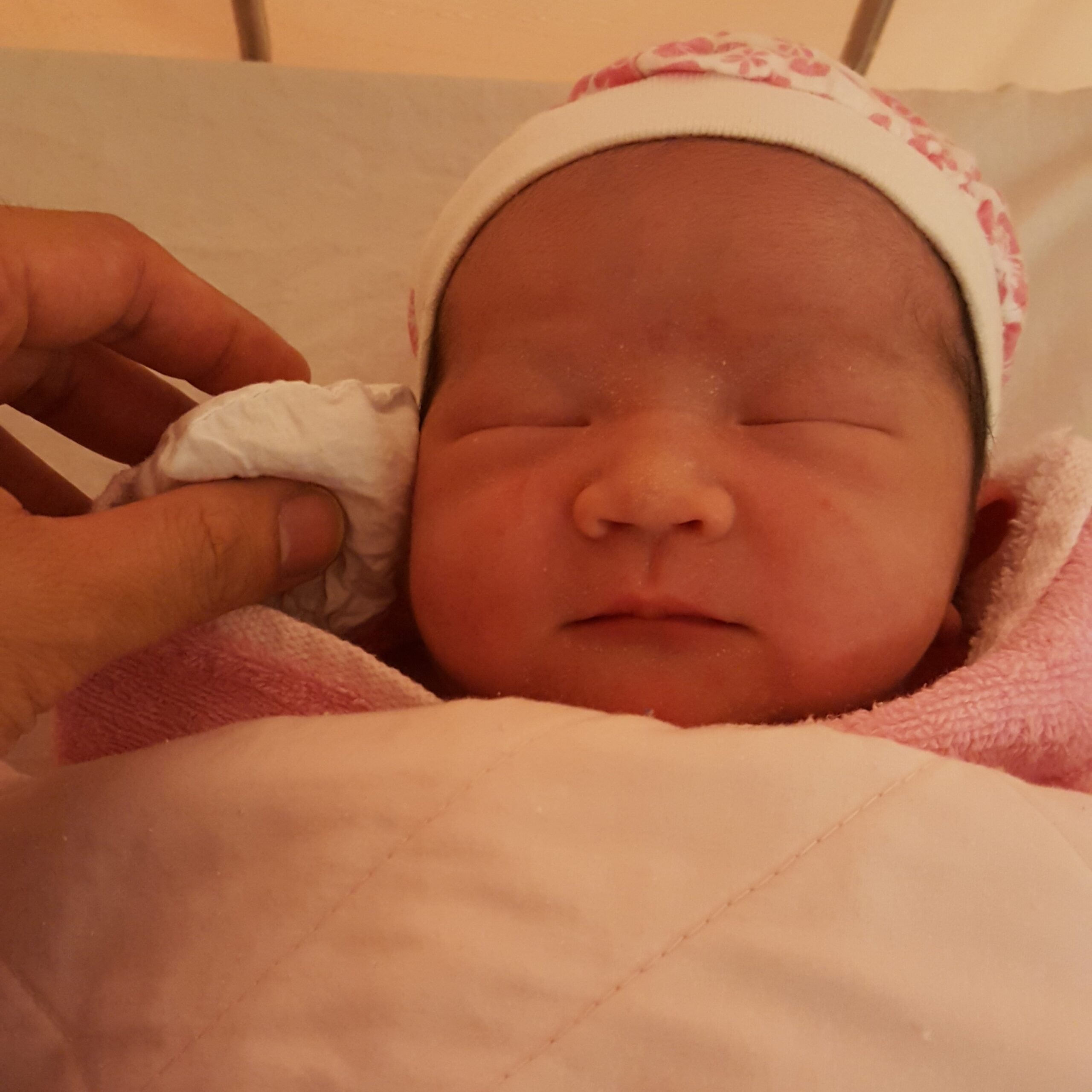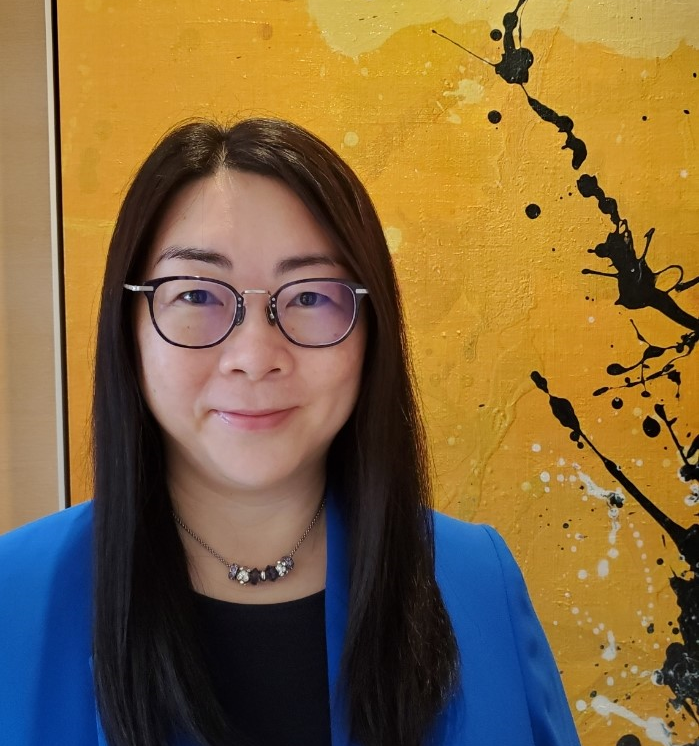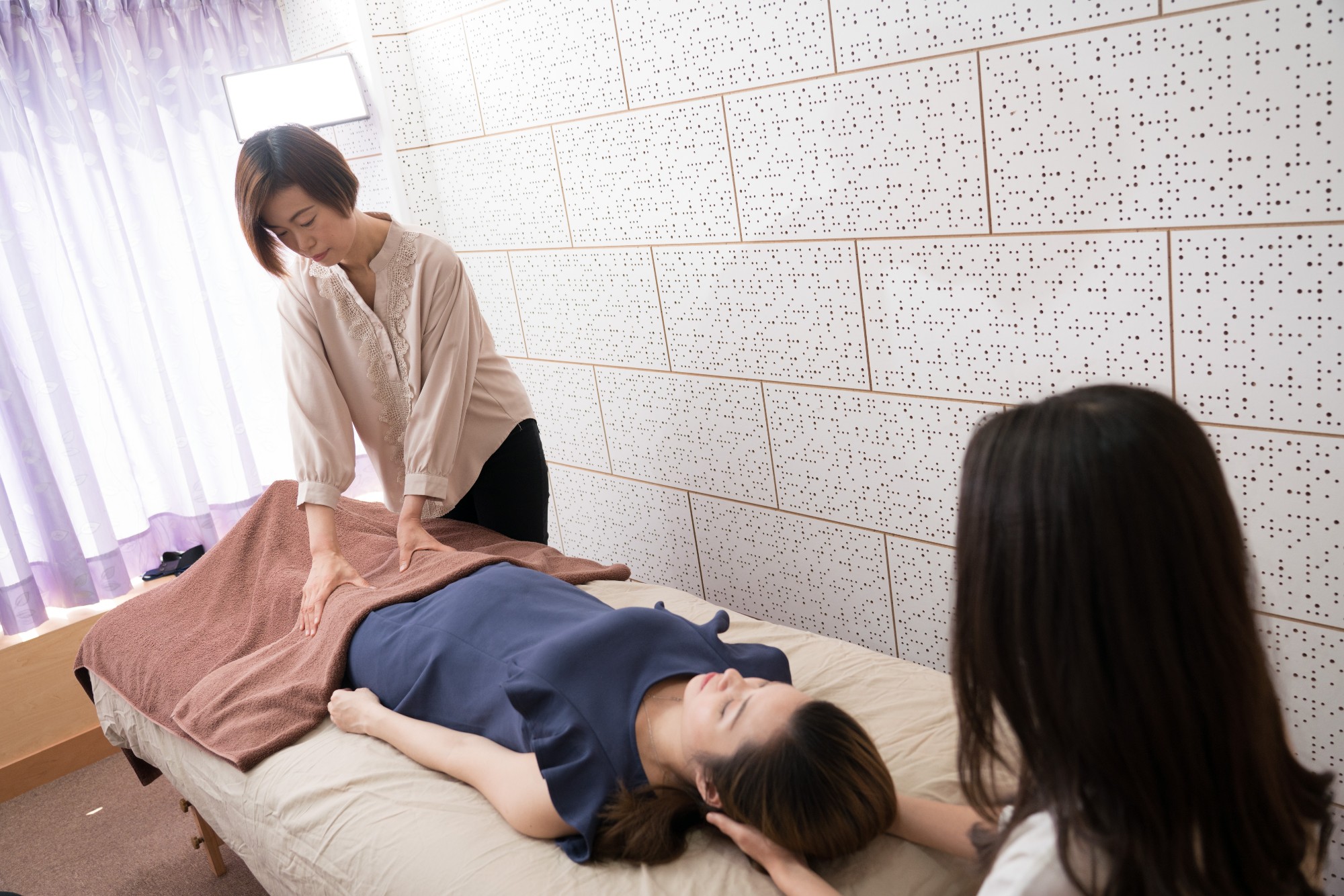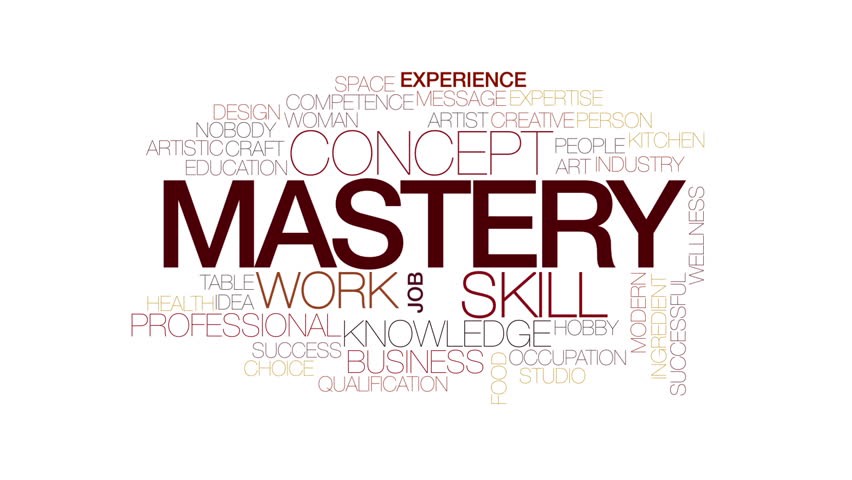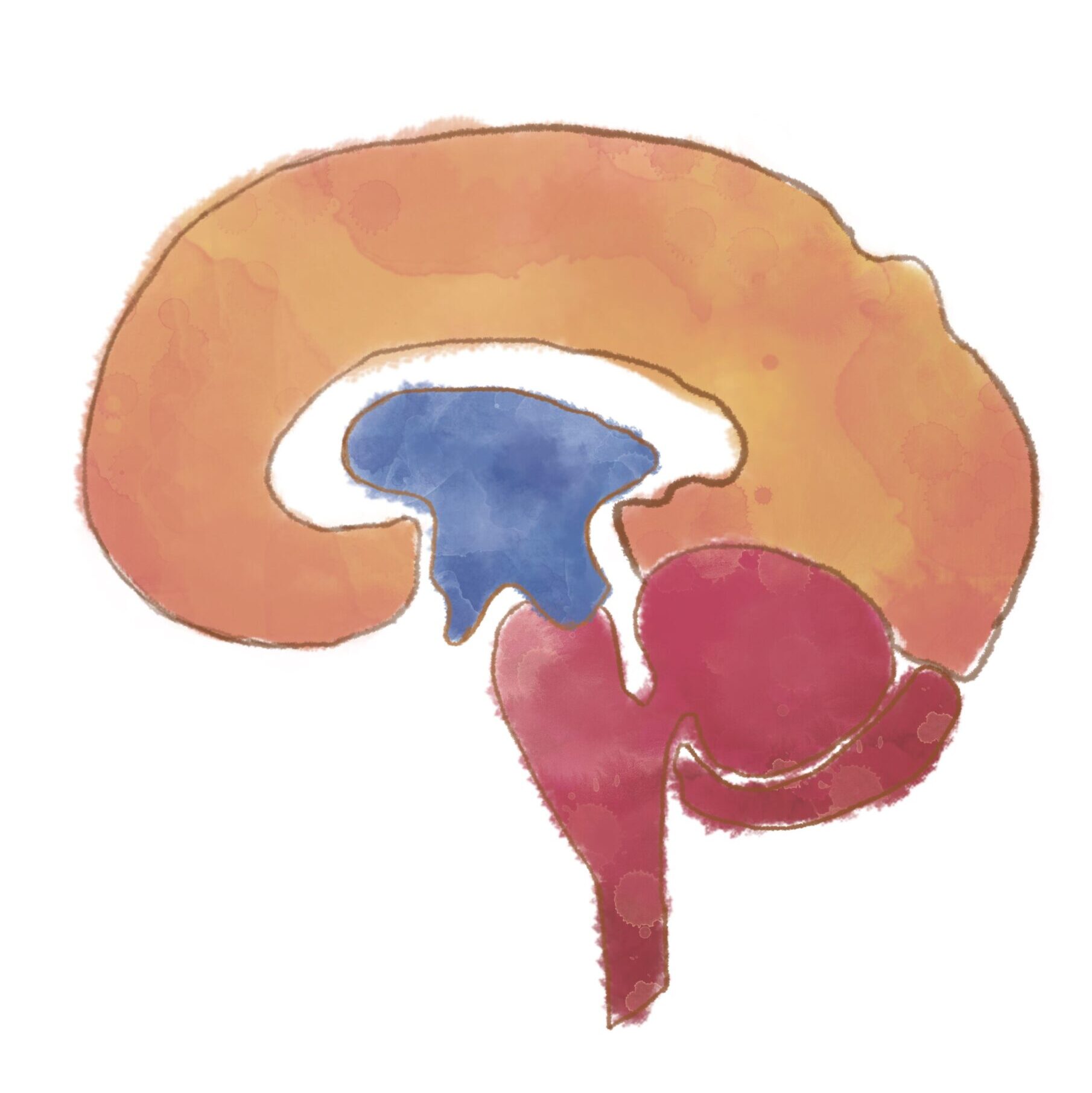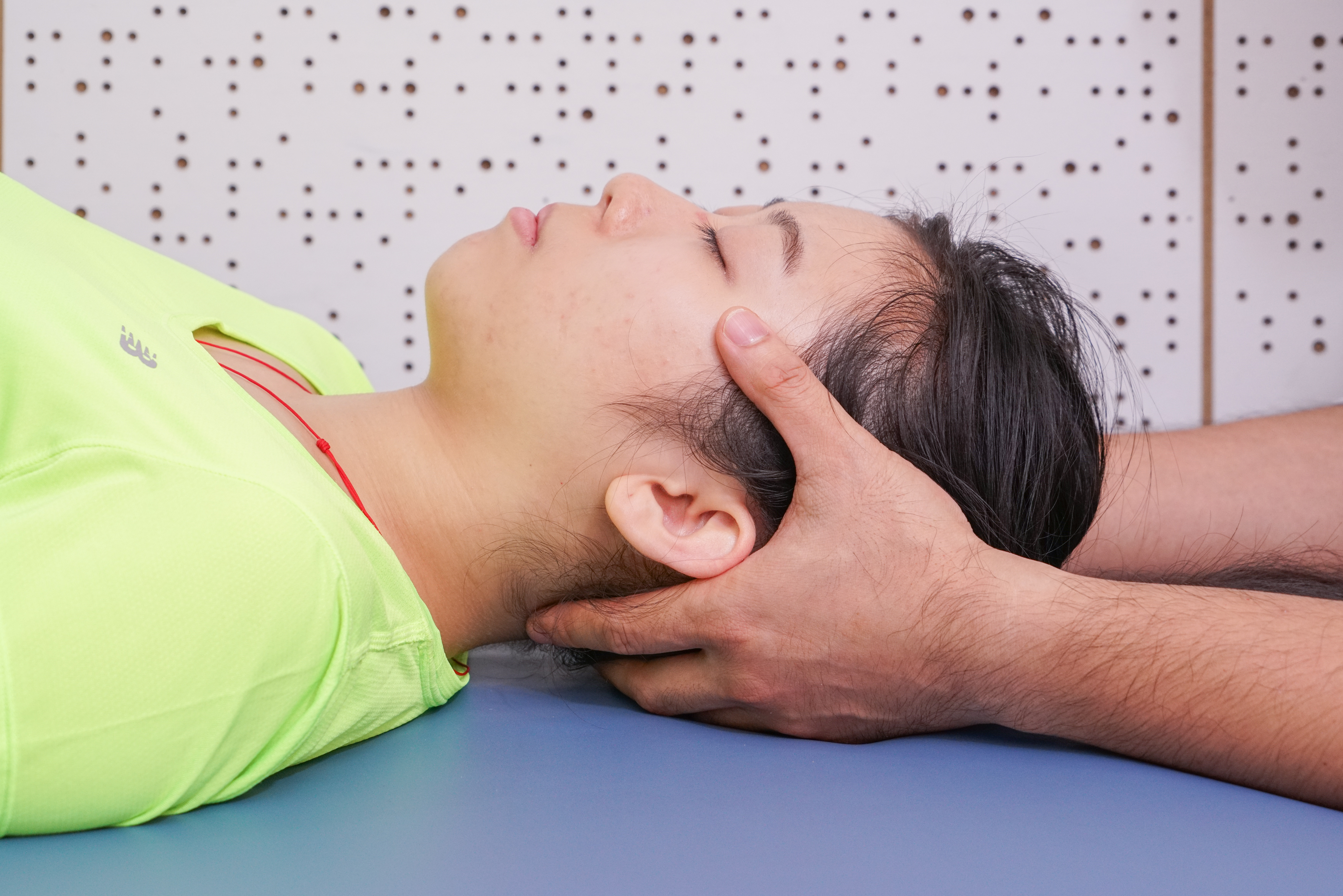History & Development
- Andrew Taylor Still
- William Garner Sutherland
- Harold I. Magoun
- John E. Upledger
- Rollin E. Becker
- Other
-
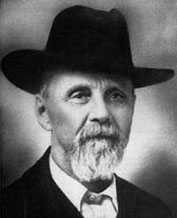
To begin about the story of Craniosacral Therapy, we have to introduce the originator of Osteopathy - Dr. Andrew Taylor Still, M.D. (1828-1917)。Dr. Andrew Taylor Still, M.D.(1828—1917)is the third child in the family of nine children, who was borned in Jonesville, Virginia, U.S. on 6th August, 1928. His father was a Methodist Church preacher as well as a medical doctor who needed to travel to rural and remote villages. Dr. Still and other 3 of his brothers learned from their father and became medical doctors also. At that time, U.S. was still a developing country, many people earned their livings by farming and black people were slaved everywhere. Because his father's career was preaching in some remote areas, and being a medical doctor did not necessarily require formal education but could also learned from mentors, even Dr. Still was a medical doctor since he was quite young but he had not receievd any formal medical training. .
Due to the job of his father, Dr. Still had to travel quite often from state to state when he was just a kid. Still family moved from Virginia to Tennessee in 1834, then 8 year-old Still walked 1125km with the family to Missouri in 1836. In 1949, 21 year-old Andrew married 16 year-old Mary Margaret Vaugh and thier first child Marusha was borned. But in 1853, his farm was totally destoryed by natural diasater, so he followed his father again moving to Kansas. Unforfunately his wife Mary Margaret died of long term illness in 1859, leaving him and 3 children behind. Dr. Still re-married a teacher Mary Elvira Turner in 1960 and they lived together for 50 years.
During the American Civil War in 1861 - 1864, Dr. Still joined the Northern States Union Army which opposed slavary. His early rank was Sergeant and later was promoted to Captain. Dr. Still also worked as a Hospital Stward taking care of injured soliders, but bacause of lacking labour, hospital steward had to do much more than its usual duties, such as prescribing drugs and even being a surgeon. In his autobiography, Dr. Still described his role was actually like a surgeon.
Just before the Civil War end in 1864, Dr. Still injured his inguinal area resulted in inguinal hernia, since then he was not able to work as a farmer and had to rely on his doctor profession for living. This was only the beginning of his nightmare. Spinal Meningitis spread over America in the same year and caused 3 of his kids died in 2 weeks time, another daughter also passed away due to pneumonia 2 weeks later. 4 of his children died in a month was a terrible blow for him, it is hard to imagine how sad he was. In the following year Dr. Still lived a miserable life, his health also worried his family. In 1867, pneumonia took his father away.
Dr. Still felt annoyed about the medical treatment at that time after witnessed so much death in his family. Lots of medication contained toxic substances such as Arsenic and Mercury, and limited by the technology and knowledge, the side effects and even the effects of many drugs at that time were unknown. Since then Dr. Still kept on finding better treatment method, he wanted to find a way without using drugs, magetism, phrenology and hypnosis became his study targets. He even digged out the remains of native American to study how human structure relates to health. Little by little, his study found out that a balanced physical structure is essential to good health, vice versa structual imbalance can also lead to disease.。
His turning point appeared in 1874 when he learned bone setting techniques from unknown source and he described as if he saw the "Light of Truth" in his autobiography. He knew that was the drugless therapy he has been finding for so long and he named it as "Osteopathy" later. He tried to promote this new therapy to Baker University which is established with the help of his father, but he was refused. In the same year, he was condemmed by the churth he has served for so long because they thought the manual therapy he did on patients was trying to mimic Jesus's ability and was a kind of devil behaviour. Dr. Still's career was severely affected, making his living even more difficult.
Dr. Still moved to Kirksville, Missouri in 1875 for a better living, he started to promote himself as "Lightning Bone Setter" and always helped patients for free. His special action and good therapeutic result really helped bringing him more and more patients. When his life finally started to settle, Dr. Still was infected by severe typhoid fever in 1876, he became so weak for almost a year when he could not work. Fortunately, this seems to be the end of his bad luck and everything started to shift from then. Even sometimes he still needed to leave home for serveral months for treating his patients, his life finally settled down. In 1885, he gave the name of the manual therapy he has been used for last ten years as "Osteopathy".
Dr. Still realized he had to train more therapists to spread osteopathy. Despite of great objection from Missouri Medical Association, he started his own school - American School of Osteopathy in 1st November, 1892 in Kirksville, Missouri. It was a very different medical school at that time as it accepted black people and women to study. There were 5 women and 16 men in the first osteopathy class, including 5 of Dr. Still's sons (Harry, Charlie, Herman, Fred and Blanche) and 1 of his brothers Edward. In 1897, 1899 and 1910, he published 3 books respectively - Autobiography of A.T. Still, Philosophy of Osteopathy and Research and Practice. His wife Mary Elvira passed away in 1910, 89 year-old Dr. Still also died in 1917.
Dr. Still had a life full of pain and difficulty, he was not beaten but even grew stronger and brighter, facing challenges with heroic heart. In front of the suppression from the whole medical system and the church, he had never let go of his goal, had never cared of other's curious eyes, had never swayed even his brothers left him. Dr Still was a person of courage, toughness, never say die and insatiable in learning, maybe that is why osteopathy is spreaded all over the wolrd from his hands nowadays.
-
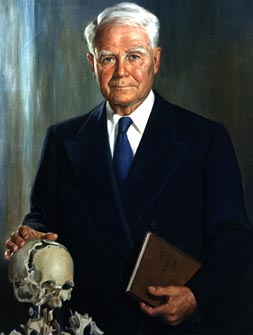
The origin of Craniosacral Therapy should be traced back to Osteopathy and Cranial Osteopathy. Let's take a look at how Dr. Sutherland invented Cranial Osteopathy. In 1873, when Dr. Still was still struggling finding drugless therapy, Dr. William Garner Sutherland, D.O. (1873-1954) - the father of Cranial Osteopathy - was borned at Portage County of Wisconsin State. His father Robert Sutherland was a blacksmith and a lumberjack, his mother was a housewife, he was the second child in the family of 4 children. Because of the financial need, Dr. Sutherland started working in Aberdeen Daily News at the age of 14, and he was the chief assistant at the age of 17.
In 1895, he was working in Austin Daily Herald in Minnesota as reporter. He was sent to interview and write a report about Dr. Still's drugless manual therapy. He was very impressed by what he saw in Kirksville, and his brother Guy recovered from illness after received Osteopathy, Dr. Sutherland decided to become an osteopath. In 1898, Dr. Sutherland gave up his job and attended Amercian School of Osteopathy to study the 2 years course.
There was a time when Dr. Sutherland walked pass the school hallway and saw a disarticulated skull display, he was attracted by junction between temporal bone and sphenoid bone where he felt it looked like the gill of a fish, this was the first time he suspected whether there are still some movement available between cranial bones. At that ime, actually he did not want to keep holding this idea and just wanted to leave it behind, but he has been already obsessed by this idea.
In 1900 just after Dr. Sutherland graduated from school, he used a room of his parents' house in Mankato, Minnesota as his first clinic, but he was able to rent his own clinic very soon. He married in 1905, and his first daughter Alice was borned in 1907, in the same year he also became the chairman of Minnesota State Osteopathic Association. By that time, even Dr. Sutherland had no solid evidence to support cranial bone movement hypothesis, he has never let go of this the idea and kept studying the anatomy of cranial bones. He also seemed very keen on palpating others' as well as his own skull, his first wife described his enthusiasm which was so strong that he brought along cranial bones all the time, this was one of the reason casuing the failure of his first marriage.
Dr. Sutherland second marriage started at 1924 with Adah Strand and he finally got some evidence about cranial bone movement in the same year too. During their honeymoon, Dr. Sutherland attended the Annual Congress of American Osteopathic Association, and after the event he bought many materials back to Minnesota and made a skull restricting helmet, he decided to experient on himself to get first hand information.
The viewpoint of conventional medicine at that time about cranium was that all bones are completely fused together without any tiny available space for movement. But from Dr. Sutherland study of the 22 cranial bones' anatomy, he believed there should be some available space left for motion. What Dr. Sutherland did to prove this idea was pretty straight forward and simple, he thought if there are absolutely no space for motion between cranial bones, then there should not be any difference and he should not feel any discomfort when he restricted his skull by the device he made.
He made a helmet which was designed to compress and restrict different part of human skull, and when he tested with the helmet on himself the first time, he almost lost consciousness. After he released the helmet he felt a warm flow through the spine and even some movement in sacrum. Dr. Sutherland understood the importance of repeated trials, that's why he continued experienting on himself and recording the result. He also asked his wife help to record his emotional and mental changes. While he repeated the experients again and again and also got the same result again and agin, he realised that there is space between cranial bones and the space is essential for health. Because his cranial bones sometimes could not recover from the experients, he had to design a series of treatment techniques to release his own cranial bones.
Through a long period of experienting and recording processes, with his anatomy knowledge and creativity, Dr. Sutherland gradually invented the whole set of cranial bones' treatment techniques. His research was not known by anybody until he was getting better and better clinical results. In 1929, he overted his idea in Minnesota Osteopathic Association but did not receive much attention, he also published a articles about cranial bones in Minnesota Osteopathic Association Journal using pseudonym "Blunt Bone Bill" but it also failed to trigger any changes.
Without any spotlight shining, Dr. Sutherland slowly spreaded his study into Pediatric field, he was interested in how babies injured their cranium during the delivery process. He was spending more and more time in treating severe delayed children and who were injured buring the birth process. Starting from mid-1930s, Dr. Sutherland's skill was very refined and he was very interested in intracranial membranes, central nervous system and cerebrospinal fluid and their interactions with sacrum. Because what he was talking about relates to very delicated feeling and required much discipline, many people could not understand what he said and his therapeutic work was critizied all the time. He published his first and only book "The Cranial Bowl" in 1939, unfortunately it could not help changing people mind but attracted even more critisism.
Dr. Sutherland kept writting articles and giving talks to spread his cranial idea, together with his magnificent therapeutic result in pediatric clients, some osteopaths started to follow his footsteps. When time came to about mid-1940s, Dr. Sutherland used even more gentle and delicated approach, and he was also sure that if cerebrospinal fluid flow is obstructed, the whole central nervous system as well as the fascial system connected down to the sacrum will also be affected.
A osteopath couple and Dr. Sutherland students - Dr. Rebecca and Howard Lippincott published "Manual of Cranial Technique" in 1943; Dr. Sutherland started to teach postgraduate students in Des Moines Still College of Osteopathy and Surgery in 1944; His students established Osteopathic Cranial Academy in 1946; Dr. Sutherland found Sutherland Cranial Teaching Foundation in 1953 and was the first chariman. His wife and he moved to Pacific Grove, California in 1951 and lived there till he passed away in 1954. Some of his brilliant students - Dr. Harold Magoun, Dr. Viola Frymann, Dr. Rollin Becker, Dr. Anne Wales, Dr. Howard Lippincott, etc kept spreading his work after his death.
Even Dr. Sutherland did not experienced the same hell life like Dr. Still, he had very similar quality to his mentor: courageous to experience on himself, never stopped moving forward when facing difficulty, completely devoted to cranial osteopathy, stood firmly in front of critisism and pursued for truth with stubborn conviction. In a time without computer and sophisticated machine, his discovery and invention was epochal and truly valuable to the whole human race. If there is no cranial osteopathy, there will be no craniosacral therapy.
-
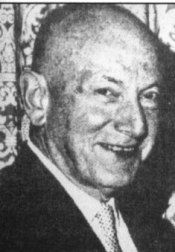
Dr. Harold Ives Magoun, Sr., D.O., F.A.A.O.(1898—1981)finished his bachelor degree in Harvard University,and later graduated from Andrew Taylor Still College of Osteopathy and Surgery as a Doctor of Osteopathy. He was awarded Purple Heart Medal as serving the Medical Corps of the American Expeditionary Force in World War I.
Being the first generation student of Dr. Sutherland, he has been kept promoting Dr. Sutherland cranial work from the very beginning. In 1951, he published Osteopathy in the Cranial Field as the textbook of Cranial Academy, illustrated cranial osteopathy in great details and attracted many osteopaths learning the cranial osteopathy. But the most important thing is when this book was fist published, Dr. Sutherland was still alive and it was accreditated by Dr. Sutherland. We can be sure that this book should clearly and precisely explained Dr. Sutherland's study, it was also known as the Bible of Cranial Osteopathy. Till now, it is still the textbook used by American Cranial Academy and Sutherland Cranial Teaching Foundation.
Dr. Magoun served as the president for Cranial Academy for 3 years and was also one of the founders of Sutherland Cranial Teaching Foundation and was the executive vice-president for 20 years.
-
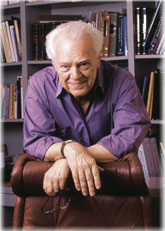
Craniosacral Therapy(CST) was developed by an osteopath Dr. John Edwin Upledger (1932-2012). CST comprised of the techniques from Cranial Osteopathy, Osteopathy and Psychology, Dr. Upledger was the developer of CST but many techniques inside was not his sole invention, or we should say he combined a lot of useful techniques in a systematic and functional way which turned out to be a holistic therapy.
There was a myth saying that when Dr. Upledger was still a usual osteopath and one time when he acted as the assistant in a surgery, he "discovered" the craniosacral system. The purpose of that surgery was to remove some calcified plaque on the spinal dura mater, what Dr. Upledger needed to do was to fixate the spinal cord position during the surgery by using forceps. He found that no matter how hard he tried, the dura mater kept rhythmically rotating and moving and he just could not stop it. No one and no usual textbook was able to explain to him what caused the movement.
Dr. Upledger studied cranial osteopathy from Dr. Magoun in the Osteopathic Cranial Academy in 1968, he learned to feel the cranial bone movement and sacral movement and realised that was the dural movement he saw in that surgery. He applied what he learned quickly and got very successful clinical result. Dr. Upledger got another great chance to pursue his study about the cranial work. He was invited by Michigan State University College of Osteopathic Medicine to lead a team consisting of anatomist, biologist, biophysicist and bioengineer in 1975, for proving the cranial bone movement in adult was still possible. Their result showed that cranial bones, sacrum, spinal dura mater and cerebrospinal fluid form a closely related mobile system which now is called craniosacral system.
Another important study performed was about autism spectrum disorder. Dr. Upledger discovered that with almost no exception, the cranial system of autistic child is much tighter than normal child. He desgined a experiment in which he used cranial osteopathic techniques to treat those child and examined what the effect was. His result showed that cranial techniques could effectively improve some of the autistic child behavior problem such as self stimulating, tip toe walking and fingers sucking, etc.
When he was doing the study in Michigan State University, there was a major argument between him and Sutherland Cranial Teaching Foundation, SCTF. SCTF accepted only medical doctors, osteopaths and dentists to take the cranial course, while Dr. Upldeger wanted to let more healthcare professionals such as physiotherapist and massage therapist to learn it. It is because doctors and dentist did not have much interest in learning the cranial techniques and had no time to really practice it. Dr. Upledger thought if we really wanted to spread this marvelous therapy and help more people, SCTF should allow more different healthcare professionals to learn it. As SCTF insisted the old policy, Dr. Upledger have tried to persuade at least selling Dr. Magoun's textbook - Osteopathy in the Cranial Field to other healthcare professionals, but the suggestion was finally turned down also.
Dr. Upledger was so upset and decided to write his own book, he co-wrote with Jon Vredevoogd and published Craniosacral Therapy in 1983. He combined the cranial osteopathic techniques, with other amazing osteopathic techniques, developed a new system of therapy and called it Craniosacral Therapy. Dr. Sutherland's invention was once again been introduced but in a different format. After the book was out, his connection with Cranial Academy and SCTF was completely broken. Dr. Upledger left Michigan later and opened his own courses, revolutionarily accepting general public to take his course. My teacher Dr. Jim Green was one of his early students, which also made me learned Cranioacral Therapy 20 years later.
Another important contribution of Dr. Upledger was he succesfully combined Global Unwinding, mouthwork and therapeutic dialogue to treat emotional and physical problem. He thought emotional or psychological trauma may stored inside human body as a form of Energy Cyst, affecting physical health. Of course the relation between psychological and physical problem was not a new point of view, but he fused hands-on therapy with psychological techniques and turned it into a very important part of Craniosacral Therapy, vastly expanded its therapeutic effect.
The writing of Dr. Upledger is easy to understand even for layman, his teaching mode was very practical. He succesfully aroused lots of interest on Dr. Sutherland's cranial techniques around the world, but he never talked about his teacher Dr. Magoun, Cranial Academy or SCTF in his books which made poeple misunderstand the origin of cranial therapy in the last decades.
-
Dr. Rollin E. Becker , D.O.(1910—1996)來自一個整骨治療的家庭,他的父親Dr. Arthur Becker D.O. 曾與Dr. Still 在密蘇里州的美國整骨治療學校中教授整骨治療,甚至在Dr. Still 死後還繼續任教。Dr. Becker 於1934 年從Dr. Still 的整骨治療學校畢業,於俄克拉荷馬州(Oklahoma)生活了幾年後便遷到密歇根州(Michigan)執業。 他是於1944 年遇上了Dr. Sutherland 的, 而由1948 年起便開始為Dr. Sutherland 教授髗骨整骨治療。其後他在1949 年移居到德州(Taxas)的達拉斯(Dallas)一直至1989 年。Dr. Becker 由1962 至1979 年擔任蘇特蘭髗骨教育基金會的主席,與Dr. Magoun 一起在Dr. Sutherland 死後肩負起教學的責任。他也是70 及80 年代英國髗骨整骨治療教學的重要人物,是具有高度影響力的髗骨整骨治療的推展工作者。 他的兩本著作Life in Motion 和The Stillness of Life 是他行醫多年的經驗及研究所得之總匯,只適合有經驗的治療師閱讀,與下述Dr. Upledger 那種簡單直接的寫作風格有着很大的對比。
-
除Dr. Magoun的貢獻外,還有其他髗骨整骨治療醫生都著有不少書籍,也曾對這治療貢獻出他們的一分力。Robert Fulford, D.O.,他是 Touch of Life 和Philosopher, Physician的作者;Viola M. Frymann, D.O., F.A.A.O.和Beryl E. Arbuckle, D.O.,她們編纂的論文集是小兒髗骶骨治療師的必讀之選,還有Anne L. Wales, D.O.,Chester Handy D.O.,Howard和 Rebecca Lippincott D.O.'s,他們都對這治療加入了很多寶貴的資料,他們教學的熱誠和對髗骨治療的信念是令人感到強而有力的,他們的著作現在大都可供大眾查閱得到。還有一些由Dr. Sutherland培訓而非常有影響力的人物包括有Louis Hasbrouck, D.O.,Alan Becker, D.O.,Herbert C. Miller, D.O.,Edna Lay, D.O.,Randolf Stone, D.O.,Jim Jealous, D.O.,Hollis King, D.O.以及Hugh Milne, D.O.,The Heart of Listening的作者。
Above content is captured and translated from 《髗骶骨治療是甚麼?》and《髗骶骨治療完全學習手冊》.
